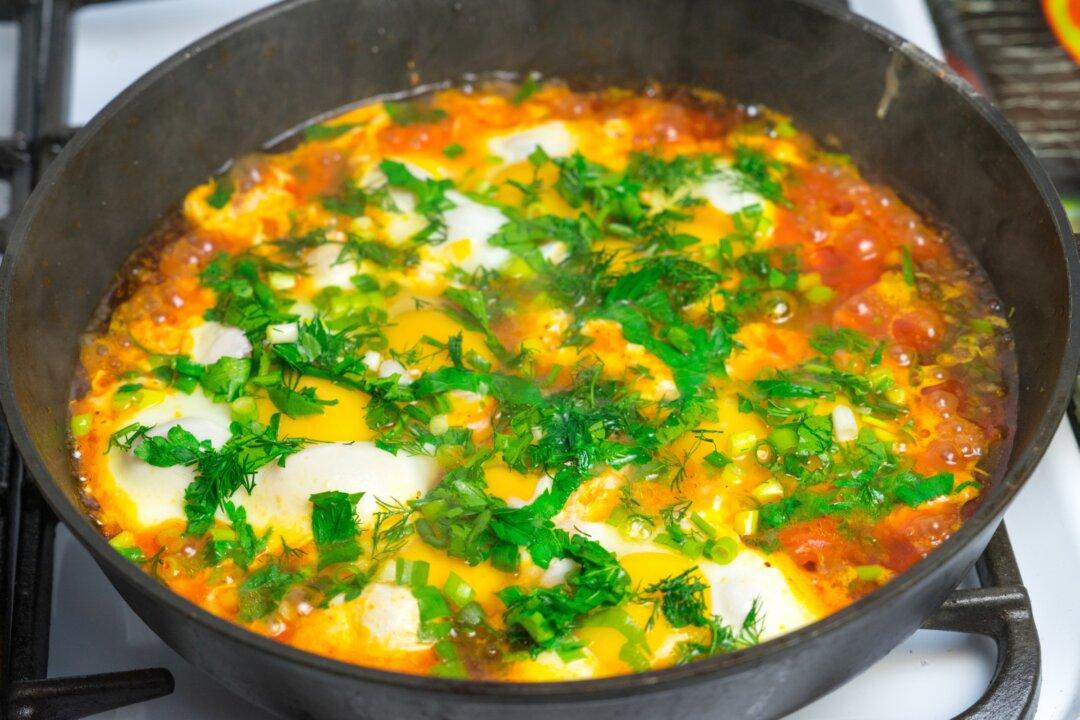Commentary
At a breakfast in New York City, at a nice rooftop bar in a hotel called Refinery, my choice from the menu was “Eggs in Purgatory.” I ordered this Dante-inspired dish of fried eggs swimming in chorizo sausage and salsa, with a side of sourdough bread. It was the right choice, especially because it came in a small iron skillet.





